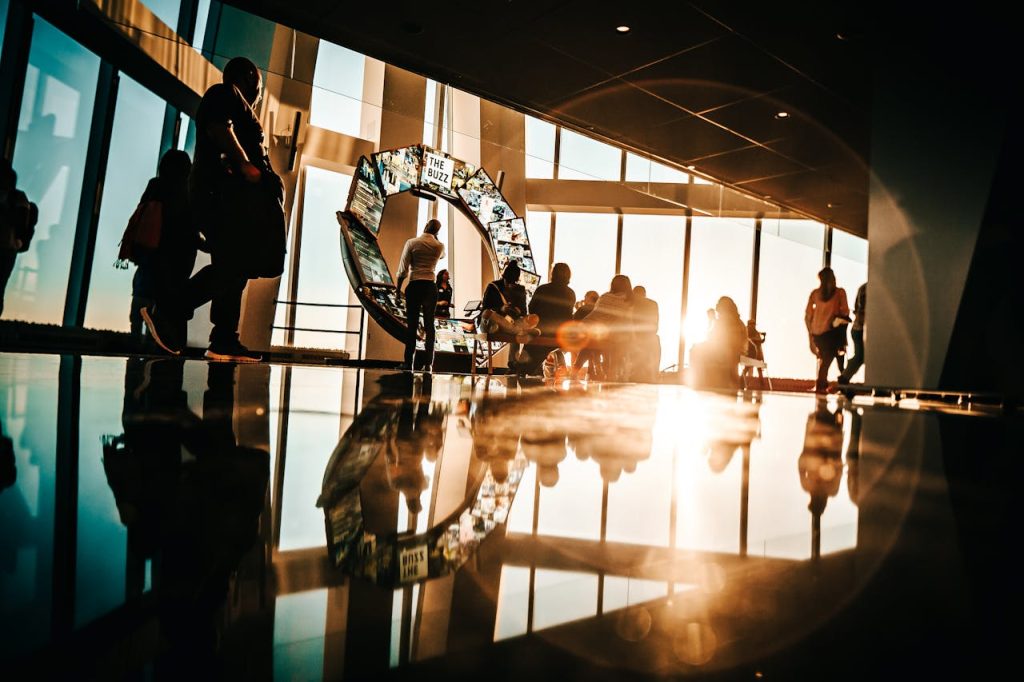
I’ve attended a few virtual NIL education sessions over the past year, and here’s my humble opinion: most of them miss the mark. They lean heavily on hypothetical six-figure deals, brand partnerships with major companies, and highlight reels from Power Five athletes. The reality is different. According to NCAA reports, about 56% of NIL deals are worth $100 or less. For athletes at small-to-mid-major schools, high schools, and even some Division I programs outside the spotlight, these inflated examples don’t connect.
So, how do we build NIL education sessions that athletes actually want to attend- sessions that feel relevant, useful, and worth their time? Here are some practical tips:
Building NIL Sessions Athletes Want
1. Format: Keep it real and interactive. Forget the two-hour lecture with a PowerPoint deck. Attention spans are short, especially when athletes are balancing practice, class, and work. Instead:
- Keep the session to 60- 75 minutes.
- Break it into short, interactive segments. For example, a 15-minute overview of NIL basics, a 20-minute workshop on building personal brands, and a 20-minute panel or Q&A.
- Use breakout groups or scenarios. Have athletes brainstorm NIL ideas tailored to their major, sport, or hobbies, then share back with the group. This keeps the content practical, not theoretical.
2. Delivery: Speak their language. Athletes tune out jargon and legalese. Instead:
- Use relatable examples- like the track athlete who sells personalized training plans online or the basketball player who monetizes their TikTok cooking videos.
- Highlight micro-earning opportunities: starting a small business, tutoring, creating digital products, or running sports clinics. These resonate far more than hypothetical “$1M shoe deals.”
- Bring energy. Sessions should feel like a conversation, not a compliance briefing.
3. Guest Speakers: Relatable > famous. Yes, it’s exciting to hear from a pro athlete or celebrity, but most student-athletes find it hard to picture themselves in those shoes. Instead:
- Invite recent graduates who built small but profitable ventures through NIL.
- Highlight professionals in exciting but attainable fields—like a former athlete turned financial advisor, content creator, or small business owner.
- Showcase diversity in speakers so athletes see themselves represented across gender, race, and career paths.
Relatable speakers build trust, and trust makes the advice stick.
4. Topics that go beyond the usual. Compliance and contracts matter, but athletes also want to know how to make NIL work in their everyday lives. Consider topics like:
- Building a brand with no followers (leveraging campus and local community connections).
- Starting a side hustle: from selling merch to launching a youth camp.
- Personal finance basics: saving, budgeting, and investing NIL earnings.
- Networking 101: how NIL can open doors to internships, jobs, and mentorships.
When athletes walk away with ideas they can try immediately, they’ll come back for more.
5. Incentives: make it worth their time. Athletes’ schedules are packed, so small incentives go a long way. Schools can:
- Offer gift cards, school gear, or even snacks at the session.
- Give NIL-related resources like free Canva templates for social media, or access to a local photographer for brand photos.
- Tie attendance to opportunities: maybe those who show up are prioritized for networking events or given access to alumni mentors.
6. Networking opportunities: build community. Athletes crave connection, not just content. Create space after the session for:
- Informal networking with peers, alumni, and local entrepreneurs.
- Speed networking rounds where athletes practice pitching their NIL ideas.
- Social media follow trains- encourage attendees to connect and support one another online.
This not only boosts engagement but helps athletes feel part of a larger ecosystem beyond their sport.
7. Bonus tip! Create a pre-event survey. I’ve done this for a few of my workshops and it makes such a difference, especially when you want to create tailored content for your audiences. Make it brief (5 or so questions) and include options that will help you create a more robust program for your listeners.
The NIL landscape is still new, and for most athletes, the opportunities won’t look like headline-grabbing million-dollar deals. But that doesn’t mean NIL isn’t valuable. The right education session can show athletes how to earn creatively, build long-term skills, and open doors that will matter long after their playing days are over. The bottom line? Athletes will show up when the content feels authentic, the speakers feel relatable, and the opportunities feel attainable. If schools- especially small-to-mid-major programs and high schools—can deliver on that, NIL education can be a game-changer.